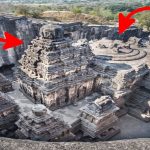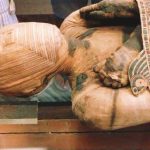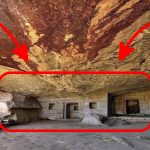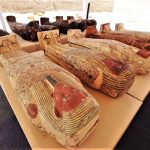Unsolved Mysteries: Investigating Peru’s Nazca Geoglyphs

Nestled within the arid expanse of the Nazca Desert in southern Peru lies one of the world’s most enigmatic archaeological wonders – the Nazca Lines. Stretching across the desert floor, these intricate geoglyphs, created between 500 BC and 500 AD, continue to bewilder and captivate scholars and visitors alike with their mysterious origins and purpose.
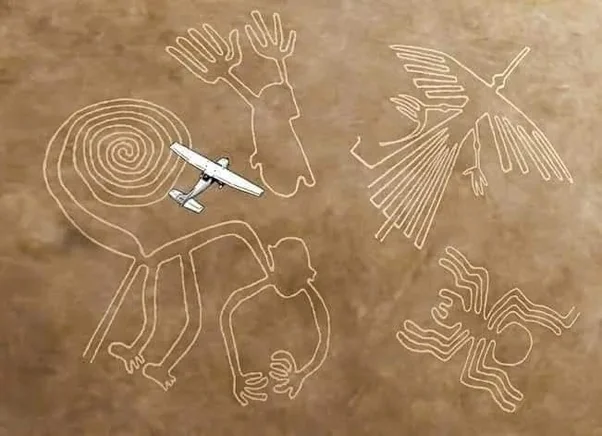
The Nazca Lines, comprising a vast array of geometric shapes and zoomorphic designs, were meticulously etched into the desert soil by the ancient Nazca people. Using rudimentary tools, they removed surface stones to reveal the contrasting colors of the underlying earth, forming patterns visible from the air. The sheer scale and precision of these creations are a testament to the ingenuity and skill of the Nazca artisans.
Over the years, the Nazca Lines have yielded countless secrets, with new figures continually being discovered. Advances in technology, particularly the use of drones, have enabled archaeologists to identify between 80 and 100 previously unknown glyphs, hinting at the possibility of even more hidden beneath the desert sands. Each new discovery adds to the intrigue surrounding these ancient markings, fueling speculation about their purpose and significance.

Among the multitude of figures etched into the desert landscape, the Nazca Lines encompass a diverse range of shapes and symbols. From simple lines and geometric patterns to intricate zoomorphic designs, including depictions of animals such as hummingbirds, spiders, fish, condors, herons, monkeys, lizards, dogs, cats, and even humans, the variety and complexity of the glyphs are staggering. Additionally, representations of trees, flowers, and other natural elements further contribute to the rich tapestry of Nazca iconography.
Scholars have long debated the meaning and function of the Nazca Lines, offering various theories ranging from astronomical calendars to religious rituals. While interpretations differ, many researchers ascribe religious significance to the glyphs, suggesting they may have served as sacred pathways or ceremonial sites linked to Nazca cosmology and mythology. Others speculate that the lines may have functioned as markers for water sources or as part of agricultural rituals aimed at appeasing ancient gods.

In recognition of their cultural and historical importance, the Nazca Lines were designated as a UNESCO World Heritage Site in 1994, ensuring their preservation for future generations. However, challenges remain, including threats from encroaching urbanization, environmental degradation, and the impacts of climate change.
As we ponder the mysteries of the Nazca Lines, we are reminded of the enduring legacy of ancient civilizations and the profound connections between humanity and the natural world. These enigmatic glyphs stand as silent witnesses to the ingenuity and spiritual beliefs of the Nazca people, inviting us to contemplate the secrets of the past and marvel at the wonders of our shared heritage.
